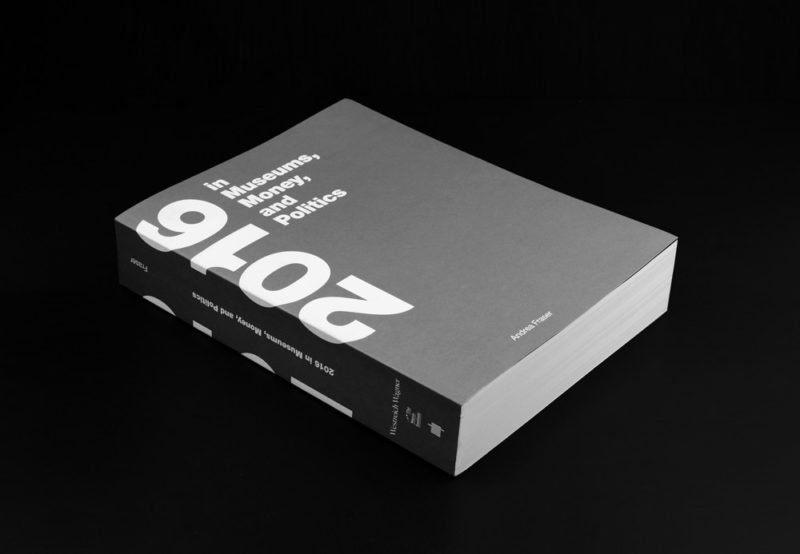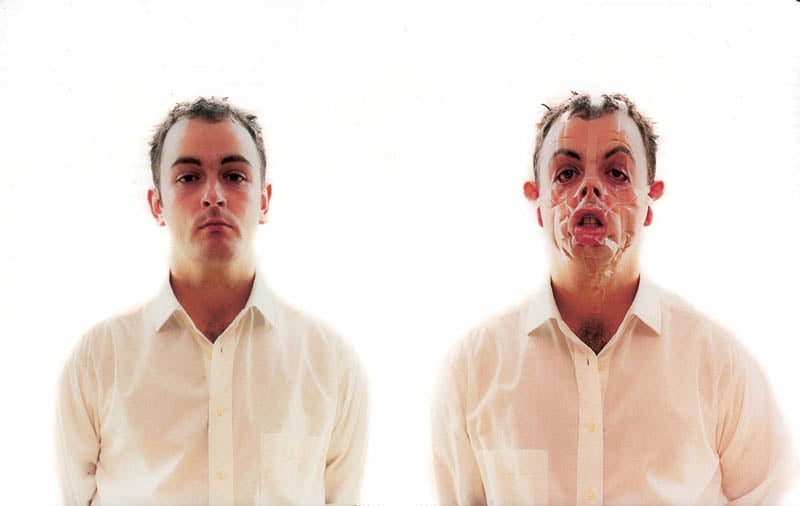Valz
2003 - Drawing & Print (Drawing & Print)
144 x 152 cm
Fabrice Hyber
Drawing, which is the essential embodiment of Fabrice Hyber’s artistic thinking, is at the origin of all his works. The artist uses accumulation, hybridization and mutation to create constant shifts between extremely varied domains. Each work is just an intermediate, evolving stage of this “work in progress” that spreads like a proliferation of thought, establishing links and exchanges that then help to create other connections. The process is inspired by the way in which the cell systems grow in living organisms, with immigrant and feeding flows, reflecting the passion for science that motivates the artist, who trained as a mathematician.
In each of his self-portraits, Fabrice Hyber (he removed the last “t” in Hybert in 2004) is elusive. This has been expressed in the photo “C’est le moment de se préparer à de nouvelles expériences” (It’s time to prepare for new experiences) (1987), or when we look at the upside down, hanging by one foot in “Traduction, le plus gros savon du monde” (Translation, the biggest soap in the world) (1991). “I? am an alien! ” says the artist. “Games and shifts are the only things able to face any kind of fundamentalism. Trade, commerce, image and poetry are means of osmosis. Through them gradually you can set up all of the ways to increase life beyond death. It is necessary to mix time, upgrade products, and imagine that works die in order to be assimilated then revisited. A work is absolutely not precognitive but always from here” said Fabrice Hyber in conversation with Thierry Laurent. Fabrice Hyber was born in 1961 in Luçon, France. He lives and works in Paris.
Colors:
Related artist(s) to: Fabrice Hyber » Andrea Fraser, » Richard Long, » Amalia Ulman, » Angelika Markul, » Douglas Gordon, » Franz West, » James Lee Byars, » Julien Prévieux, » Lawrence Weiner, » Robert Filliou

© » KADIST
Andrea Fraser
2020The year 2016 is organized like a telephone book; the data corresponding to the contributions are classified in alphabetical order by the name of the donor...

© » KADIST
Douglas Gordon
1996In Monster (1996-97), the artist’s face becomes grotesque through the application of strips of transparent adhesive tape, typical of Gordon’s performance-based films that often depict his own body in action...

© » KADIST
Douglas Gordon
2004Douglas Gordon’s single-channel video The Left Hand Can’t See That The Right Hand is Blind, captures an unfolding scene between two hands in leather gloves—at first seemingly comfortable to be entwined, and later, engaged in a struggle...

© » KADIST
Douglas Gordon
2002Blind Spencer is part of the series “Blind Stars” including hundreds of works in which the artist cut out the eyes of Hollywood stars, in a symbolically violent manner...
